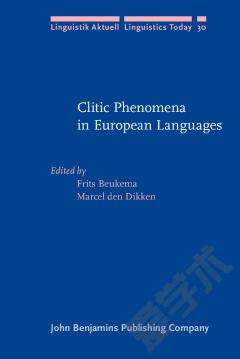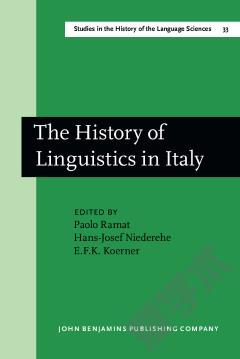Aspects of Multilingualism in European Language History.
This volume gives an up-to-date account of various situations of language contact and multilingualism in Europe especially from a historical point of view. Its ten contributions present newly collected data from different parts of the continent seen through diverse theoretical perspectives. They show a richness of topics and data that not only reveal numerous historical and sociological facts but also afford considerable insight into possible effects multilingualism and language contact might have on language change. The collection begins its journey through Europe in the British Isles. Then it turns to northern Europe and looks at how multilingualism worked in three towns that are all marked by border and contact situations. The journey continues with linguistic-historical and political-historical visits to Sweden and to Lithuania before the reader is taken to central Europe, where we will deal with the influence of Latin on written German. As far as southern Europe is concerned, the study continues on the Iberian peninsula, where the relationship between Portuguese and Spanish is focused, to be followed by Sardinia and Malta, two islands whose unique geohistorical positions give rise to some consideration of multilingualism in the Mediterranean.
{{comment.content}}








 京公网安备 11010802027623号
京公网安备 11010802027623号